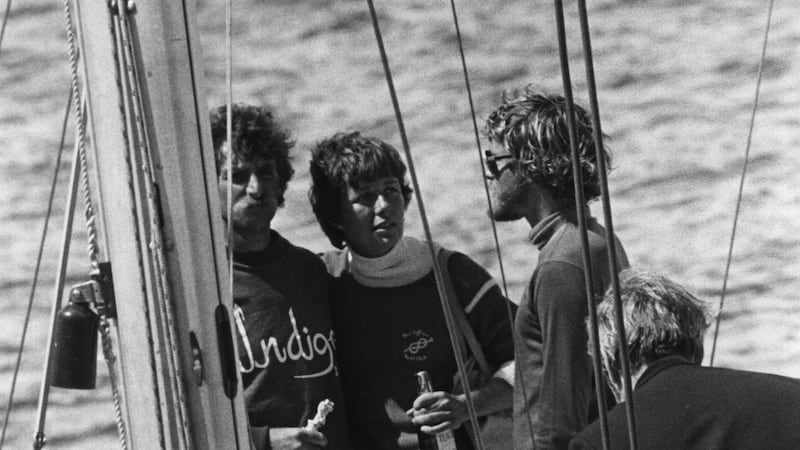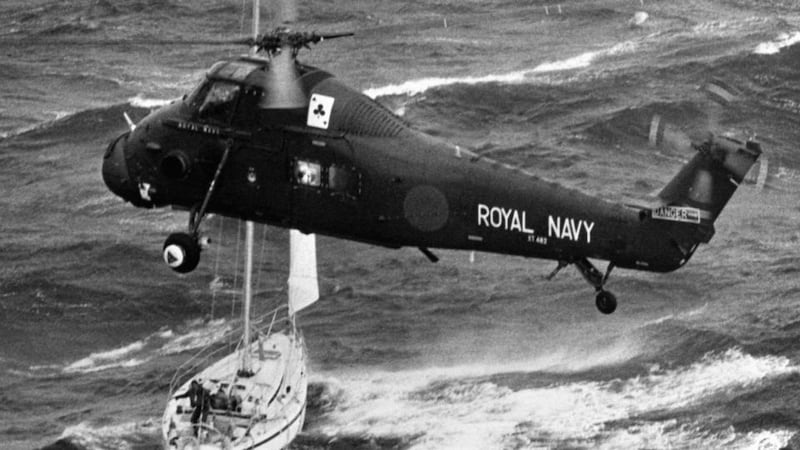The Fastnet sailing race disaster, which cost 19 lives, is unlikely to occur again in the modern era, analysis of weather data from 1979 reveals.
The tragedy off the southern coast of Ireland unfolded over a 36-hour period beginning on August 13th, and was not helped by a flawed – and in effect late – weather forecast. This was not due to human error but the limitations of forecasting at that time.
The worst conditions were experienced over the period midnight to 6am on the 14th. The seas were mountainous and rescue aircraft reported winds of 60-65 knots and wave heights of 50-60ft (15-18m). Fifteen yachtsmen and four spectators, following the race in boats behind participants, perished.
A re-run of the forecast for the 1979 Fastnet race using an advanced Irish supercomputer and new weather modelling systems illustrates how long-range weather forecasting has improved but, critically, "it would have meant that many of the boats would not have put to sea", according to meteorologist Dr Ray McGrath, who is based in University College Dublin.
The weather warning would have provided “very strong indication in advance”, which would have been available three days before the depression suddenly deepened, touched violent storm force 11 and caused such devastation.
What is believed to have been the largest rescue operation in peacetime was launched in Ireland and the UK to rescue stricken yachts and to retrieve the bodies of those who had died.

The Fastnet Race Inquiry noted: "By the time force 10 was forecast, force 10 was already there." Local forecasts from Met Éireann (then known as the Irish Meteorological Service) and from France both underestimated the severity of the storm.
‘Quiet revolution’
Dr McGrath used a supercomputer at the Irish Centre for High-End Computing (ICHEC), which is co-ordinated by NUI Galway, and "numerical weather prediction" (NWP) models for analysing atmospheric data which are now routinely used by forecasters.
In collaboration with Dr Paul Nolan of ICHEC, a forecast was made to see whether advanced warning might have been possible. It showed extreme wind conditions, and would certainly have alerted the organisers to the possibility of a severe storm, Dr McGrath explained.
Computer forecasts were only beginning to emerge at that time, Dr McGrath pointed out.
“Operational weather forecasting was almost exclusively based on hand-drawn charts, and meteorologists typically targeted the weather over the next 24 hours. These forecasts could be quite accurate but in rapidly developing extreme weather events the success rate was poor.”

The remarkable accuracy of the forecast using modern methods highlights the “quiet revolution” that has taken place in NWP over the past few decades, he believed, “and the huge strides that have been made in our ability to provide advance warnings of extreme weather”.
Remarkably, the new system of forecasting was made possible because of equations the Irish scientist George Stokes helped devise in the 19th century. Together with Claude-Louis Navier, he provided the mathematical foundations that underpin NWP – the Navier-Stokes equations.
Dr McGrath said Stokes would have been especially proud of this achievement. Coincidentally, he was born 200 years ago today in Co Sligo.










